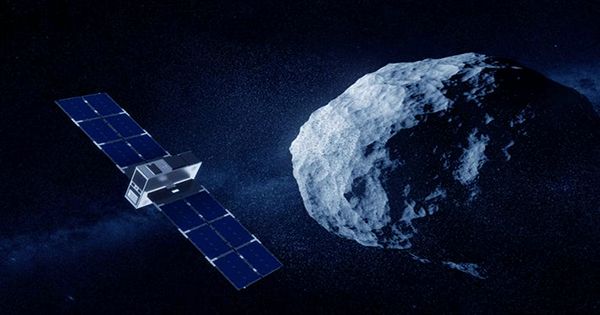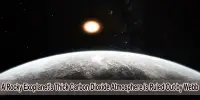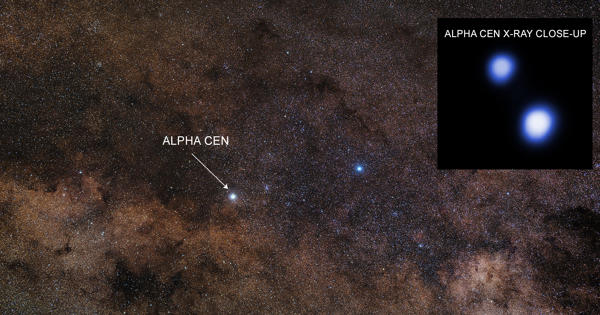On April 1, an asteroid large enough to do significant harm will make its closest approach to Earth ever recorded. In the spirit of April Fools, 2007 FF1 is only joking, traversing 19 times the distance between us and the Moon. Closer approaches by asteroids are usual, but this one stands out for more than the date of its closest approach. 2007 FF1 has a diameter of at least 82 meters (270 feet) and might be as large as 260 meters (660 feet). It could be up to two-thirds the size of 99942 Apophis, the asteroid at the top of our list of concerns.
We may get more precise estimations after it passes by, but this is a massive enough space rock that we need to keep a watch on it in any case. Despite the fact that the rock is little in comparison to the dinosaur-killer and certainly not massive enough to wipe out civilization, 2007 FF1 might demolish a city and a vast area surrounding it if it collides with land, or unleash tsunamis on a scale never seen before if it collides with the ocean.
2007 FF1 is a frequent visitor to the neighborhood of Earth’s orbit, with an orbital period of 1.9 years, although we’re usually on the other side of the Sun when it passes by. This year’s transit is less than half the distance of the 2020 pass, at 7.4 million kilometers. In 2037, it will get somewhat closer to Earth. After that, it won’t get any closer to 17 million kilometers until March 2144, and even then, it won’t be much. Even your grandkids, whether they live in satellite cities in space or not, are unlikely to be concerned about this rock.
Although its present orbit prevents it from colliding with Earth, gravity from planets and sunlight will gradually alter 2007 FF1’s route. 2007 FF1, like other Apollo class asteroids, will remain in the inner Solar System until it collides with a planet or its orbit is drastically altered by a near encounter. If you go far enough into the future, you’ll find that a collision with Earth, the Moon, or Mars is certain, and we’re the most vulnerable of the three.
Even at its closest approach, amateur astronomers will struggle to see it, but professional observatories are watching its transit high into the northern sky to more precisely determine its size and orbit. If we consider 2007 FF1 to be a sentient person, however, it appears that it is unaware of the well-known rule that April Fools jokes return to the originator after midday. When the closest approach happens at 9:35 GMT, the planet will be well beyond noon, with the exception of Hawaii’s population.















